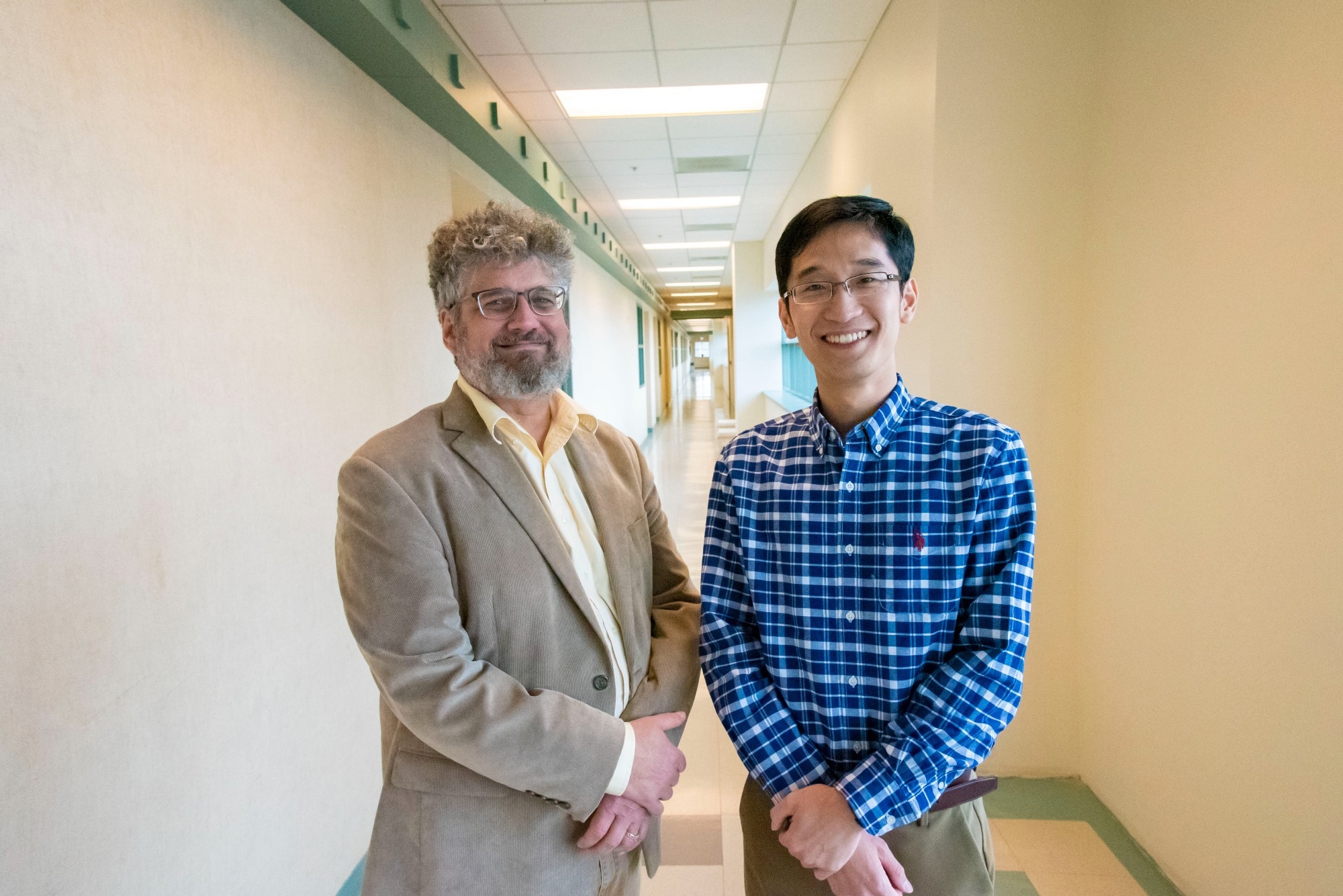Researchers Jonathan Sweedler, a professor of chemistry, and Fan Lam, a professor of bioengineering, at the Beckman Institute for Advanced Science and Technology, described how spatial omics technologies can unveil the molecular complexity of the brain at various scales.
 Jonathan Sweedler (left) and Fan Lam. Image Credit: Jenna Kurtzweil, Beckman Institute Communications Office.
Jonathan Sweedler (left) and Fan Lam. Image Credit: Jenna Kurtzweil, Beckman Institute Communications Office.
Their research was published in Nature Methods.
To gain a better understanding of how the brain functions in health and disease, the researchers and their colleagues created 3D molecular maps with cell specificity using a biochemical imaging framework integrated with deep learning. A $3 million grant from the National Institute on Aging, part of the National Institutes of Health, is supporting their research.
If you look at the brain chemically, it’s like a soup with a bunch of ingredients. Understanding the biochemistry of the brain, how it organizes spatiotemporally, and how those chemical reactions support computing is critical to having a better idea of how the brain functions in health as well as during disease.”
Fan Lam, Professor, Bioengineering, Advanced Science and Technology, Beckman Institute for Advanced Science and Technology, University of Illinois Urbana-Champaign
The researchers gathered and analyzed enormous volumes of high-resolution data using a novel imaging method called mass spectrometry imaging to comprehend how the chemical components of the brain interact with one another. They also extracted information about specific molecules in individual brain cells using single-cell metabolomics and computational tools, enabling data acquisition at previously unheard-of speeds and scales.
Most people have a feeling that brain diseases such as depression and Alzheimer’s are caused by neurochemical imbalances. But those imbalances are really hard to study and it’s difficult to understand how chemicals interact at different scales (for example, at the tissue level and individual cell level) during problems in the brain.”
Jonathan Sweedler, Professor, Chemistry, Advanced Science and Technology, Beckman Institute for Advanced Science and Technology, University of Illinois Urbana-Champaign
Sweedler claims that by producing three-dimensional maps of chemical distributions with cell-type specificity, scientists can better comprehend the intricate biochemistry of the brain, which should eventually aid in the treatment of neurological disorders that are currently incurable.
Along with CRISPR and the James Webb Space Telescope, single-cell metabolomics - a technology crucial to the researchers’ findings-was listed as one of Nature’s “Seven technologies to watch in 2023,” indicating the significant influence these instruments will continue to have on the analysis of cell-specific data, according to Sweedler.
Without the Beckman Institute’s collaborative culture, the research would not have been possible.
It truly amazes me how small interactions can turn into interesting research conversations and eventually into large-scale collaborative studies. The key is to be open-minded and interdisciplinary, as you may draw inspirations from another field. I feel very excited about the progress on leveraging different expertise across groups to engineer tools to better depict the biochemical landscape of the brain.”
Richard Xie, Study First Author and Graduate Fellow, Beckman Institute
Lam and Sweedler met at Xie’s request to discuss his work with single-cell and tissue mass spectrometry imaging. The researchers made a breakthrough in how informatics and computational tools could lead to new types of multimodal, multiscale biochemical imaging, as described in their current Nature Methods study.
Source:
Journal reference:
Xie, R, Y., et al., (2024) Multiscale biochemical mapping of the brain through deep-learning-enhanced high-throughput mass spectrometry. Nature Methods. doi.org/10.1038/s41592-024-02171-3